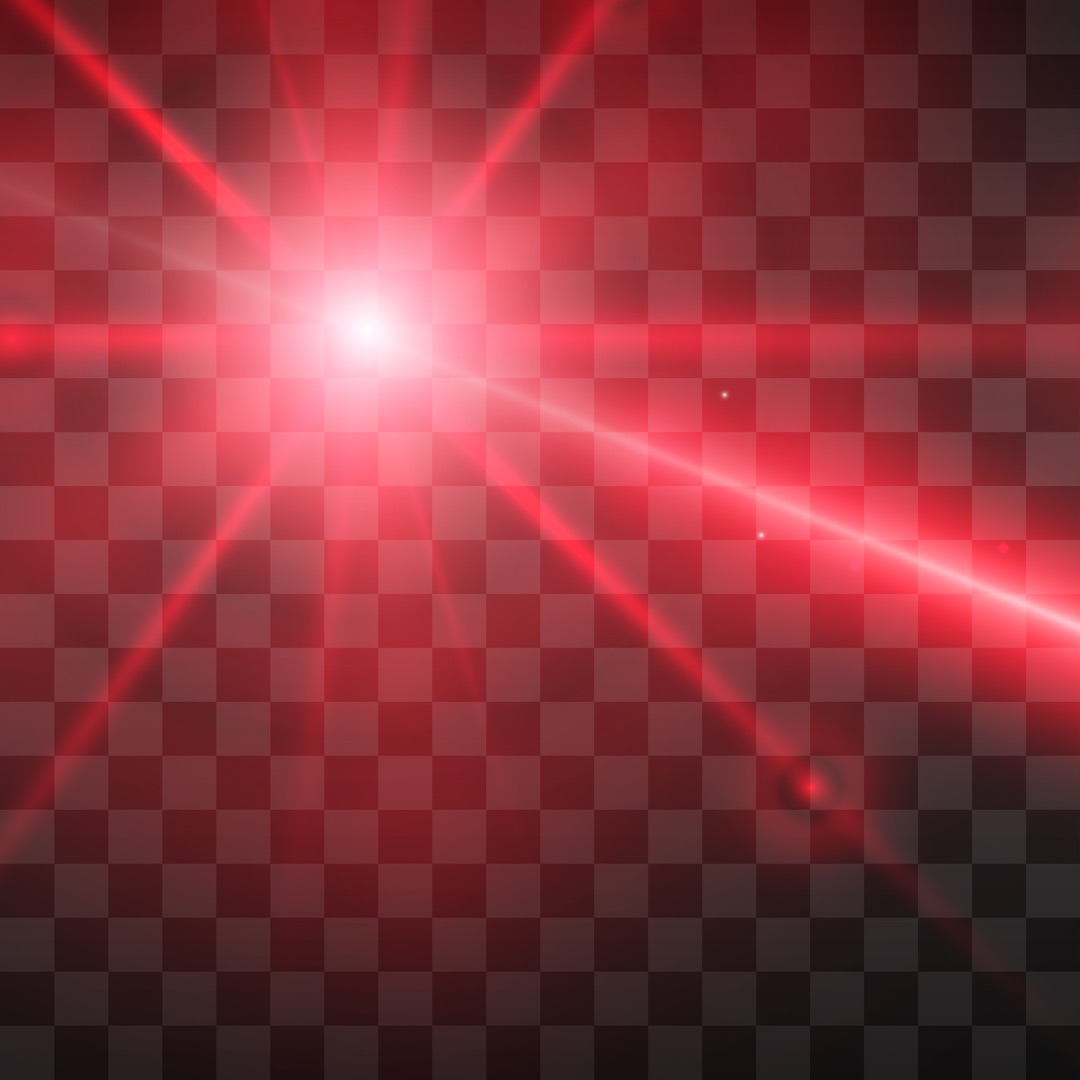Laser light is different to normal light for many reasons: it travels in a synchronised fashion; retains its intensity over a long distance; is monochromatic (of the same wavelength or colour) and it can be pulsed.
Laser therapies work by targeting tissue and can be used for a number of treatments, including pigmentation, scarring, unwanted hair, spider veins, sun-damaged skin, wrinkle reduction and overall complexion rejuvenation.
The principle behind lasers is light absorption. The same as a black car will be hotter than a white car because it absorbs more wavelengths of light, certain target tissues will absorb certain wavelengths of light more effectively. As the laser light is monochromatic the target tissue will take on maximum absorption while the surrounding tissues won’t. This allows the target to be isolated and treated. In other words, the laser emits a single frequency of light with all the light waves going in the same direction, allowing the target tissue to absorb the maximum amount of heat.
The target tissue is all-important when treating skin problems with a laser. For pigmentation it is melanin; for spider veins and other vascular conditions it is haemoglobin (blood); and for wrinkles it is water. Each of these target tissues absorbs a different wavelength of light, meaning a different laser is needed for each specific problem.
Recent advances in laser technology mean that laser skin resurfacing – once reserved for the treatment of severe conditions such as acne scarring due to the extensive downtime involved – has become an effective option for many people seeking reduction of lines and wrinkles and uneven skin colour, tone and texture.
Most resurfacing lasers work by removing microscopic quantities of skin and stimulating the production of new collagen. Non-ablative lasers uses wavelengths which do not burn away skin and are suitable for the treatment of melasma, scarring, fine lines and wrinkles and typically do not require any downtime.
Ablative lasers include carbon dioxide (CO2) and Erbium: YAG lasers. These use a process where the upper layers of aged or damaged skin are vaporised by the controlled laser. It is this damage that stimulates the healing and restructuring of the skin, resulting in a more even complexion and a significant reduction in lines and wrinkles.
Carbon dioxide lasers can dramatically reduce wrinkles but downtime and side effects such as redness and peeling are extended, usually taking many weeks to heal. Erbium lasers have a great accuracy with fewer side effects but cannot treat deep wrinkles as successfully.
Fractional laser technology
The advent of fractionated laser, where microscopic columns of skin are treated while surrounding skin is left intact, has made it possible to achieve results comparable results to traditional CO2 laser resurfacing with fewer side effects and profoundly less downtime.
Fractional skin resurfacing can utilise both non-ablative and ablative lasers – the breakthrough difference of this technology is the fractionated delivery system of light.
Fractional laser technologies break up light beams to allow columns of untreated tissue to activate healing mechanisms beneath the skin’s surface, treating skin conditions ranging from scars and birthmarks to wrinkles.
These lasers work by creating microscopic thermal injuries that trigger collagen production, stimulating cell renewal and plumping out the tissues. In other words, the laser works by creating tiny holes, or ‘dots’, in the skin’s surface, penetrating deep into the dermis. It leaves the skin around each dot intact, enabling the surrounding tissue to heal these microscopic thermal injuries by stimulating the production of new collagen.
The anti-ageing benefits of fractional laser technology include improving evenness of skin tone and texture, reducing pore size and the appearance of lines and wrinkles, and helping to reverse the effects of sun damage. A more mild treatment may take several sessions, while one procedure is usually sufficient for a more aggressive treatment.
Because laser treatments use heat, a mild to moderate burning sensation is experienced during treatment and slight swelling, redness and bronzing afterwards. This can be covered with makeup and normally subsides after a few days, however full healing can take several weeks, depending on the intensity of treatment and the areas targeted.
Results of laser resurfacing vary, depending on the technique and experience of the doctor and the individual patient. Patients should always ask their practitioner how new the laser is and when it was purchased. Recent models are far superior to earlier ones in terms of achieving predictable and precise results.












